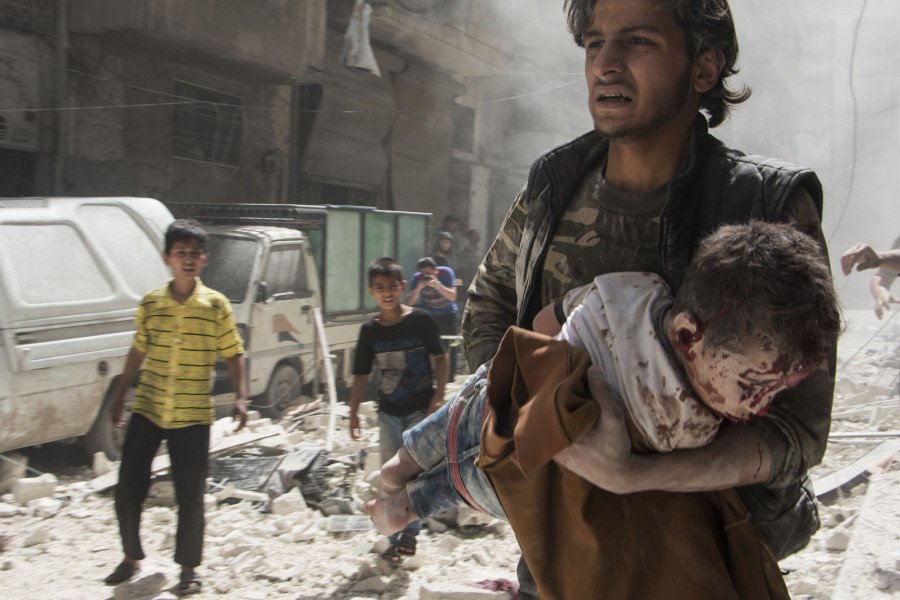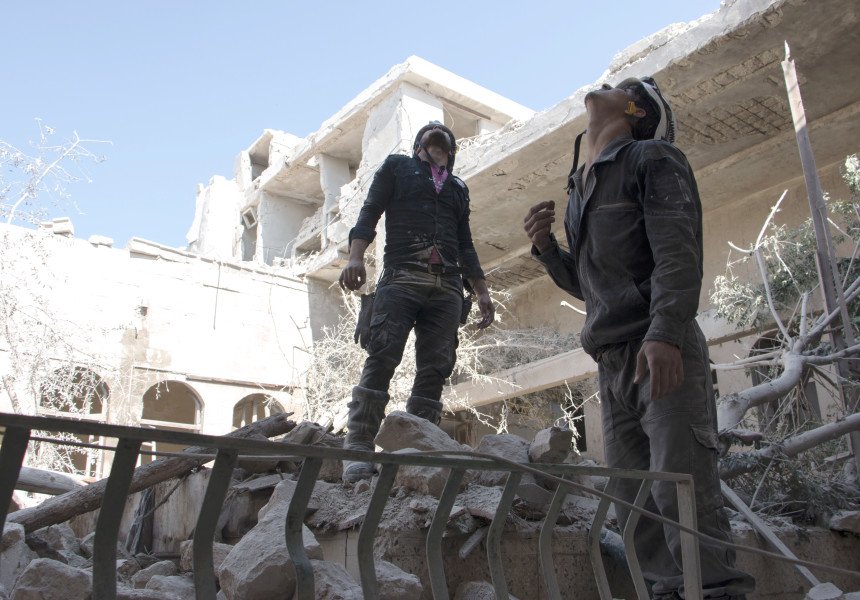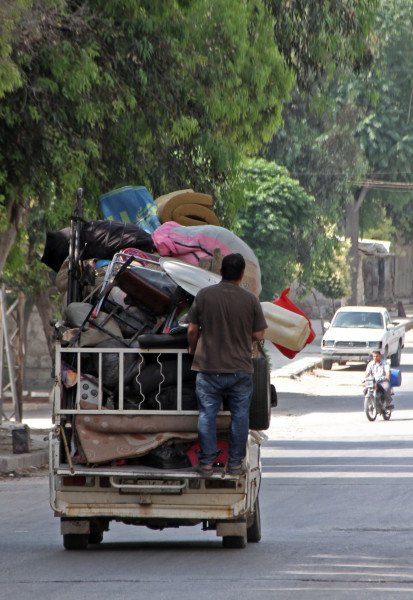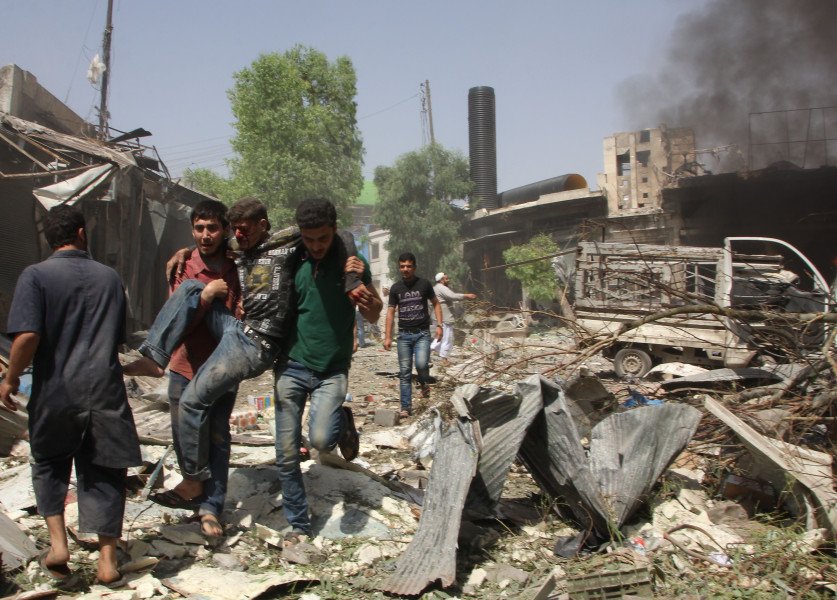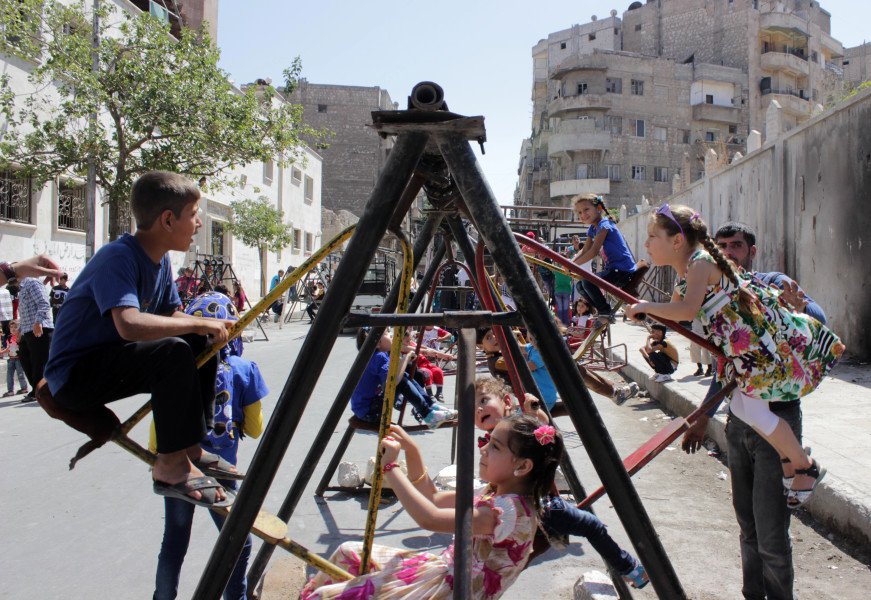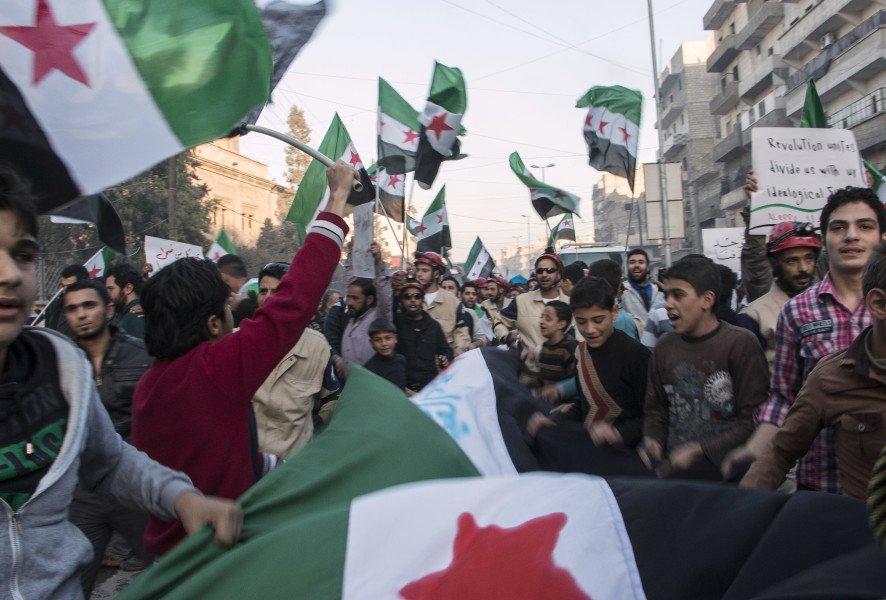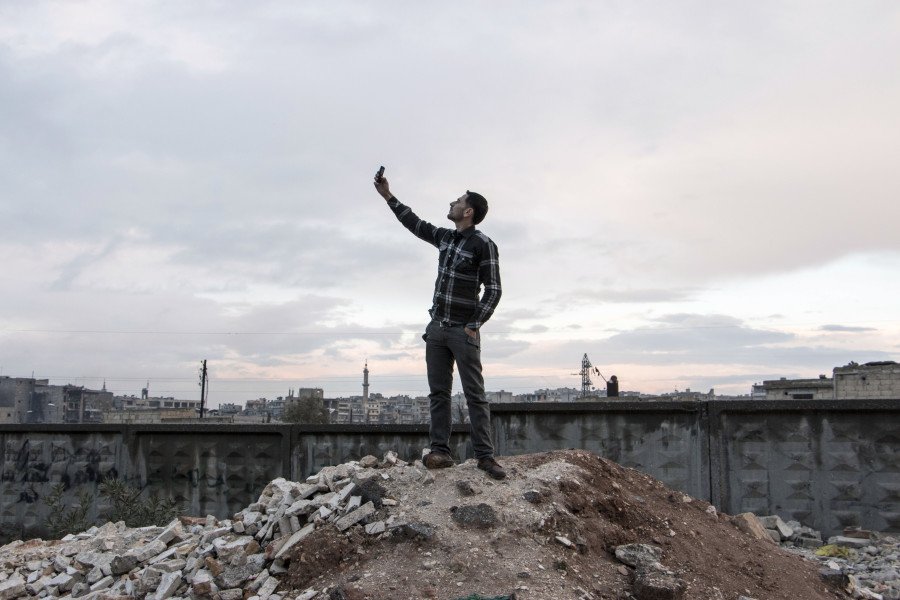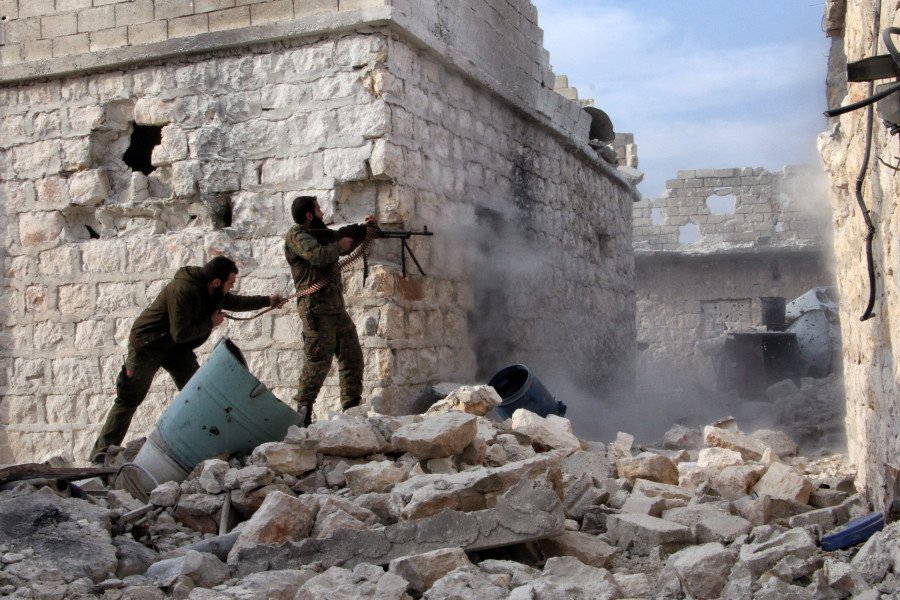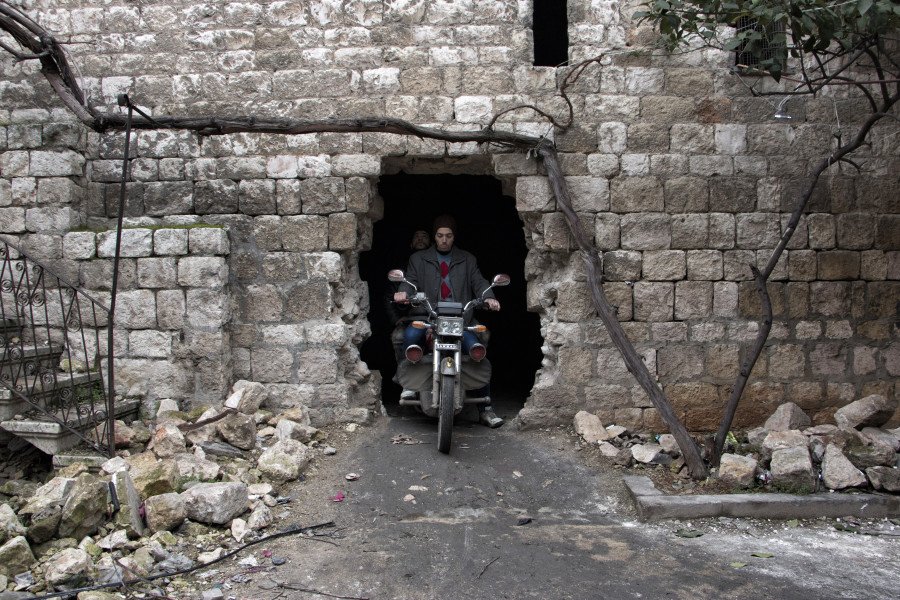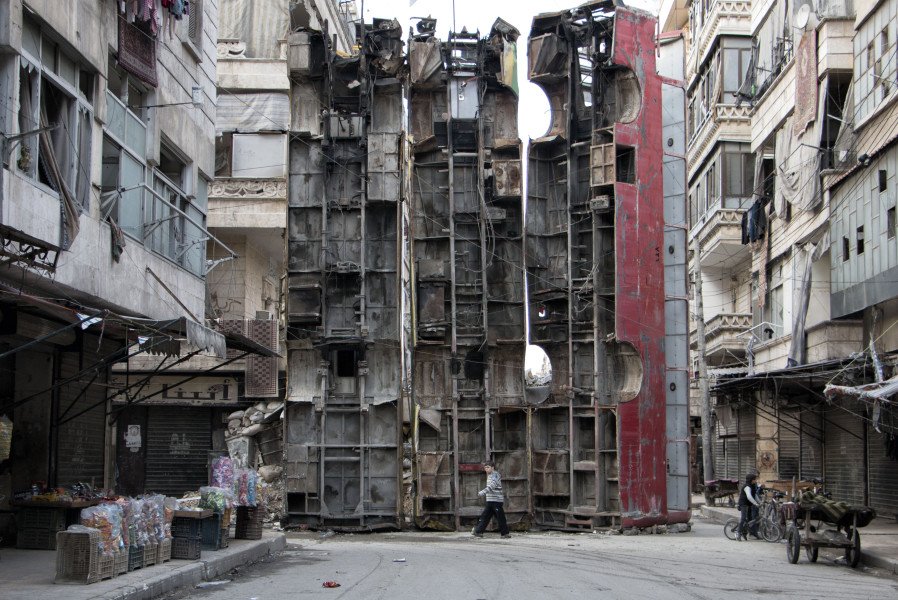Karam al-Masri’s story is both familiar in war torn Aleppo and extraordinary. A second-year law student in 2011, he has emerged as one of the most widely distributed and acclaimed news photographers covering the destruction of the city. His is a common story of the Syrian revolution where many young people had to leave their educations and professions to take part in some way in the uprising. But Karam’s efforts to document the death of Aleppo has brought him to international attention as a photographer for Agence France-Presse.
“I left university and joined the revolution.” He first started documenting protests and fighting a basic non-professional camera in 2011. Facebook was his main platform until, in 2013, he started working with AFP, photographing the rebel-held east of Aleppo. Since then
Karam explains that “photographers receive ‘special treatment’ when captured by the regime. The regime immediately tries to kill us because it fears cameras more than weapons.” In rebel-held areas where there is no government presence. “Photographers can do their job freely under the Free Syrian Army” Karim said. But there is another force that comes after them—the Islamic State of Iraq and al-Sham (ISIS).
ISIS had a significant presence in rebel-held Aleppo from late 2013 until February 2014 when the rebels kicked them out. Karam had his own share of suffering. “I was kidnapped by ISIS in late 2013, tortured and kept alone in a 2×1 m2 dark cell for six months. Later I was released in an amnesty.” He explains that, “for ISIS, anyone who uses a camera becomes a traitor. They convicted me of treason for working as a foreign press agency photographer.”
Karam’s main themes of photography are the destruction of Aleppo, daily life and the suffering of those who have stayed behind. “Aleppo is heavily destroyed. There are only four or five neighborhoods where most people can still live. The old city is severely damaged.” Al-Masri participated in shooting a documentary with Aljazeera called “The Death of Aleppo” that tracks the destruction of the city and the impact on the lives of its residents.
Around 350,000 still survive in the east of Aleppo. However, as Karam says, many Aleppians left “because of the hard living conditions including the shortage of basic provisions and daily barrel bombs.” He is determined to stay because, as he says, “this is my city. I was born here, I grew up here and will live here inshallah.”
“I want to continue my education in law when the war is over. Of course, I will continue photographing because now I am best friends with my camera; I take it wherever I go. But [when the war is over] then my pictures will be about beautiful nature and not barrel bombs.”
Hassan Mroue, AFP Middle East and North Africa Photo Manager
“Thanks to photographers like Karam al-Masri, the foreign media has been able to obtain images from rebel-held areas in Syria where foreign journalists stopped going following many incidents kidnapping or killing after mid-2013. Karam’s pictures captured the daily life in Aleppo, people’s suffering and breaking news when government forces bombed neighbourhoods held by opposition fighters in the city.
He was detained by the Islamic State group (IS) in late 2013 and was imprisoned for six months because he was using a camera, which they considered a “tool of infidelity”.
One of his pictures of a child crying after shelling was featured recently in the French publication l’Obs with background information about the photographer and the circumstances in which he took the photo of the Syrian boy with his face covered in dust and traces of his tears following an air strike on the rebel-held Bustan al-Qasr district in the east of the northern Syrian city of Aleppo on September 20, 2015.”
 The Aleppo Project
The Aleppo Project